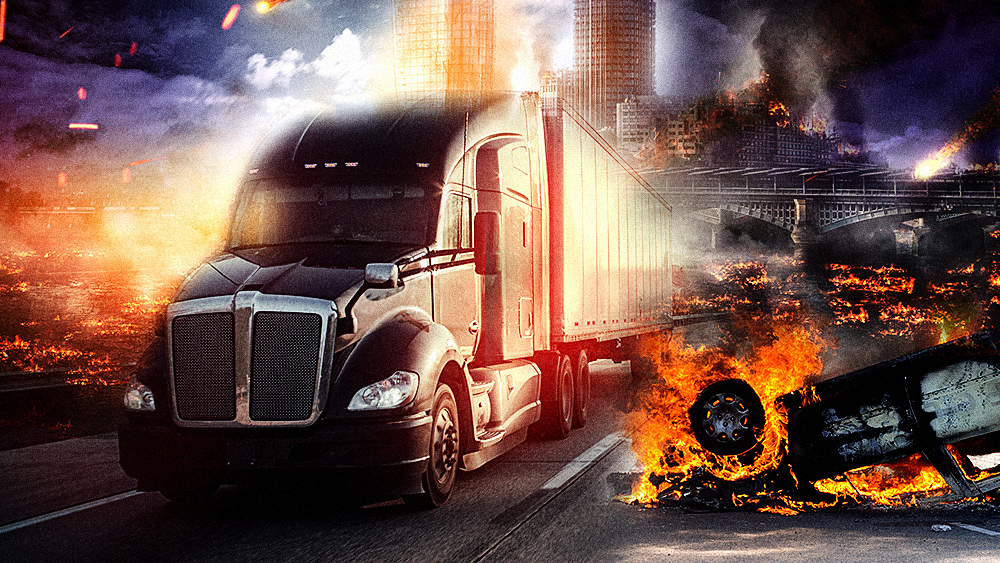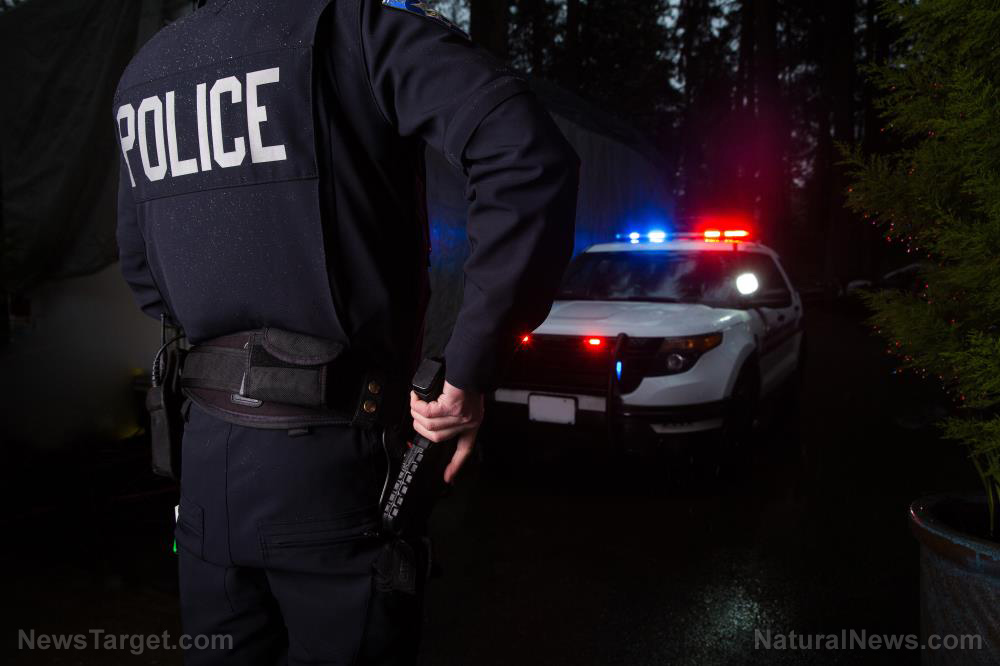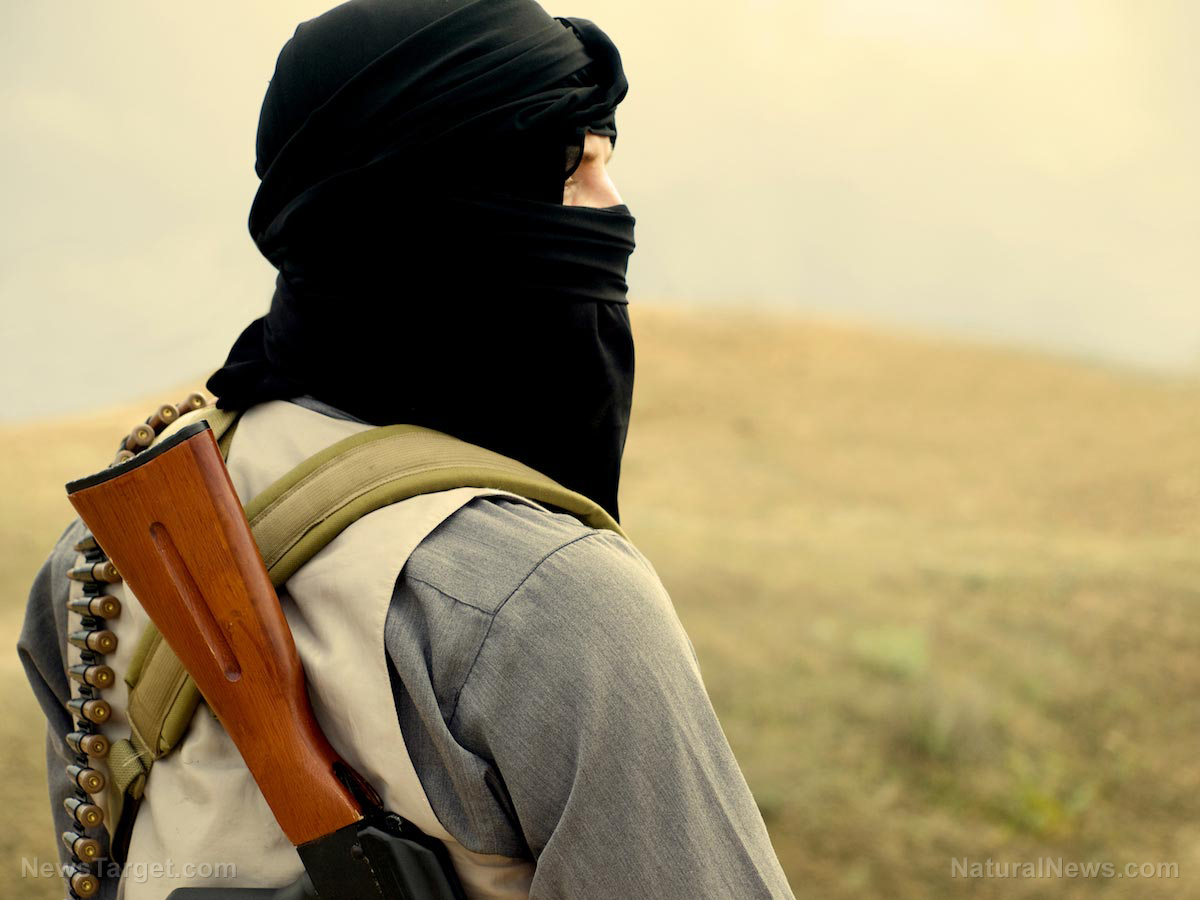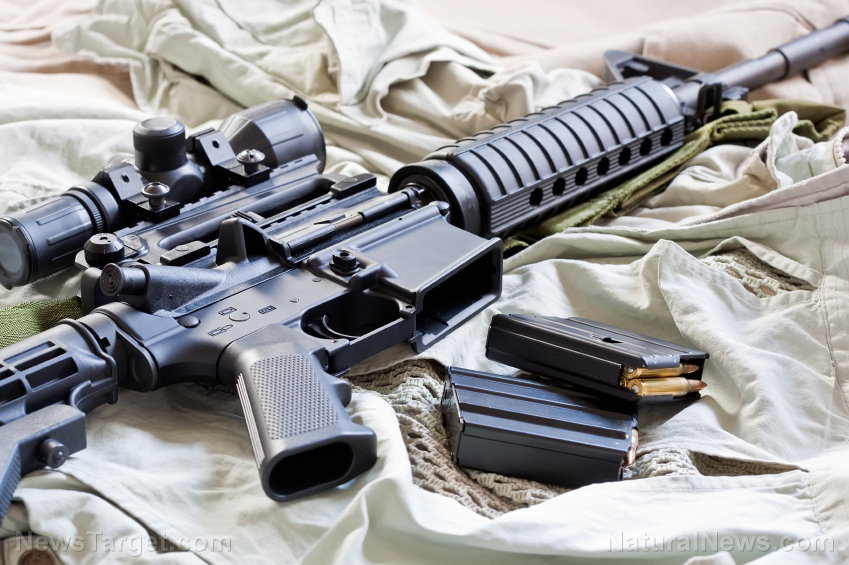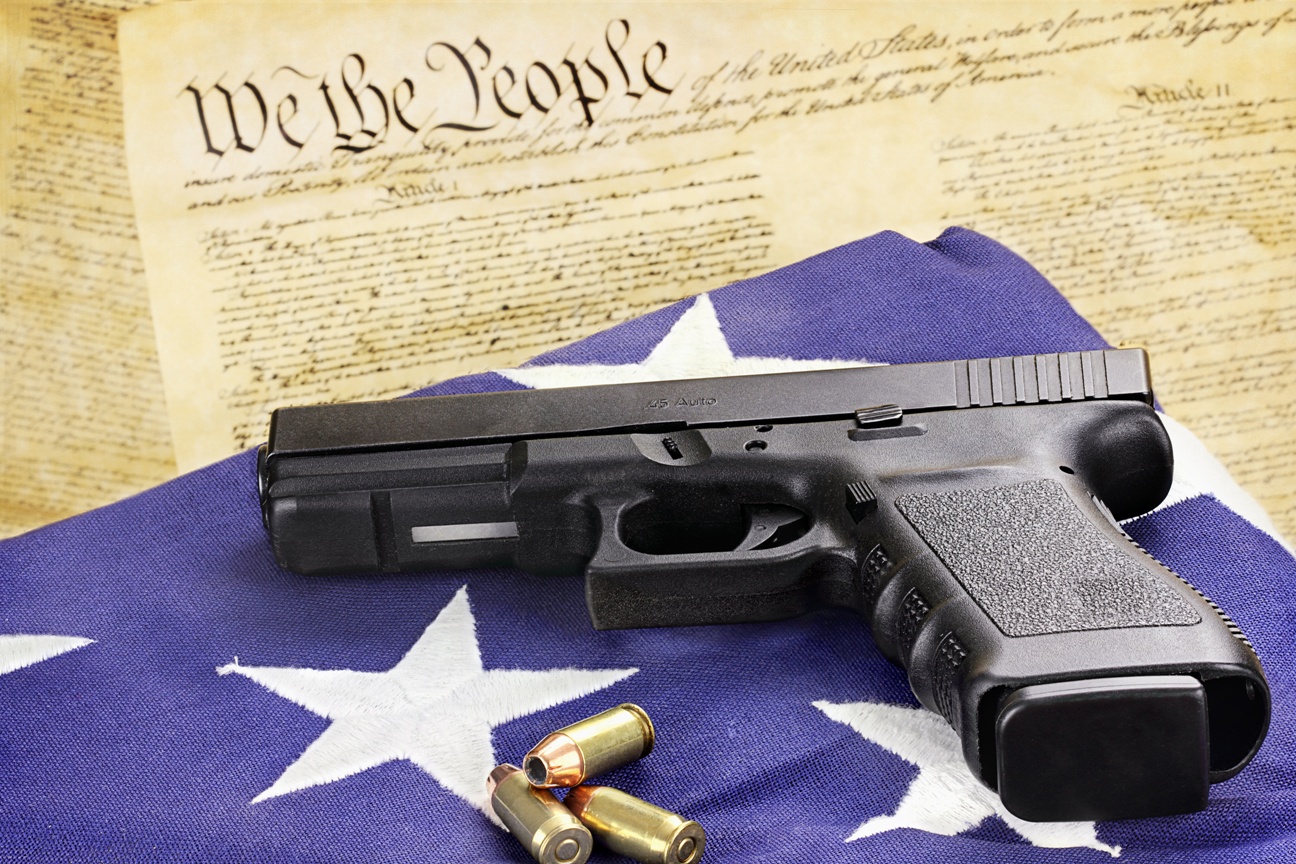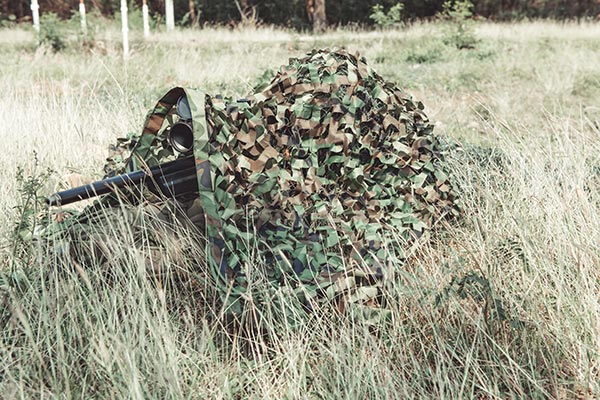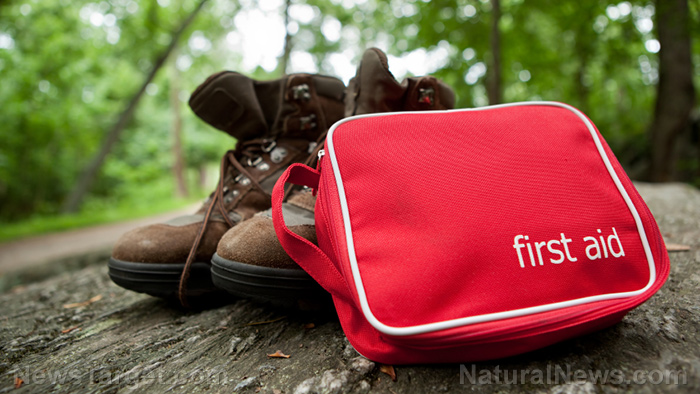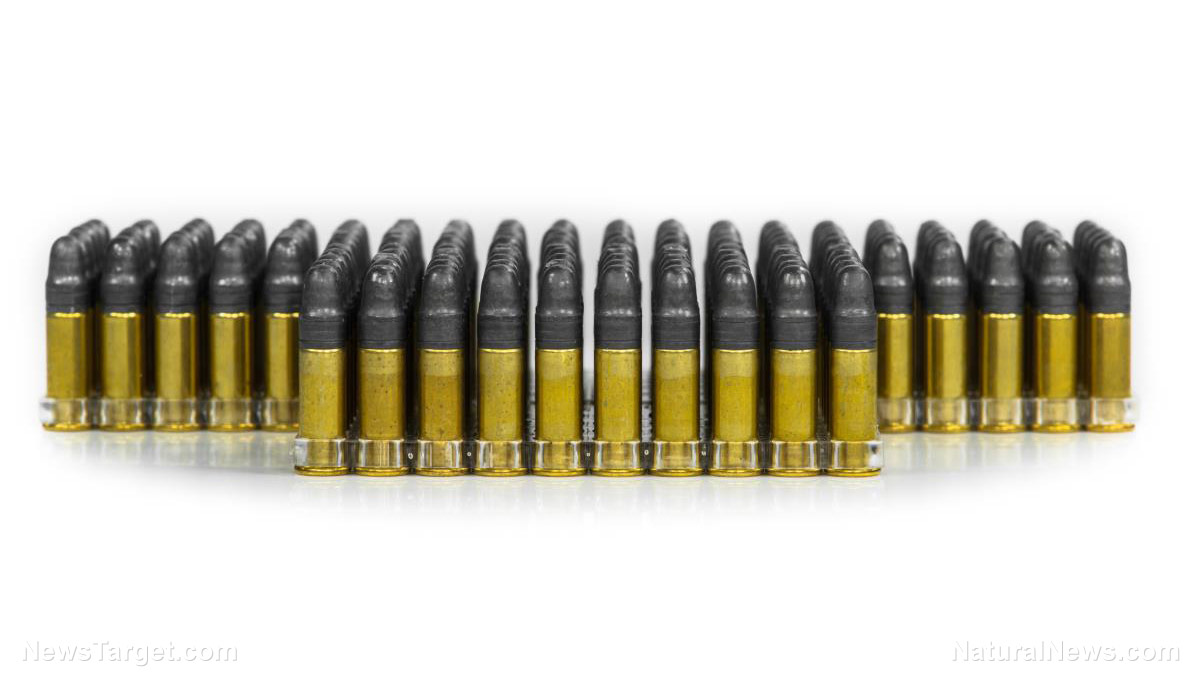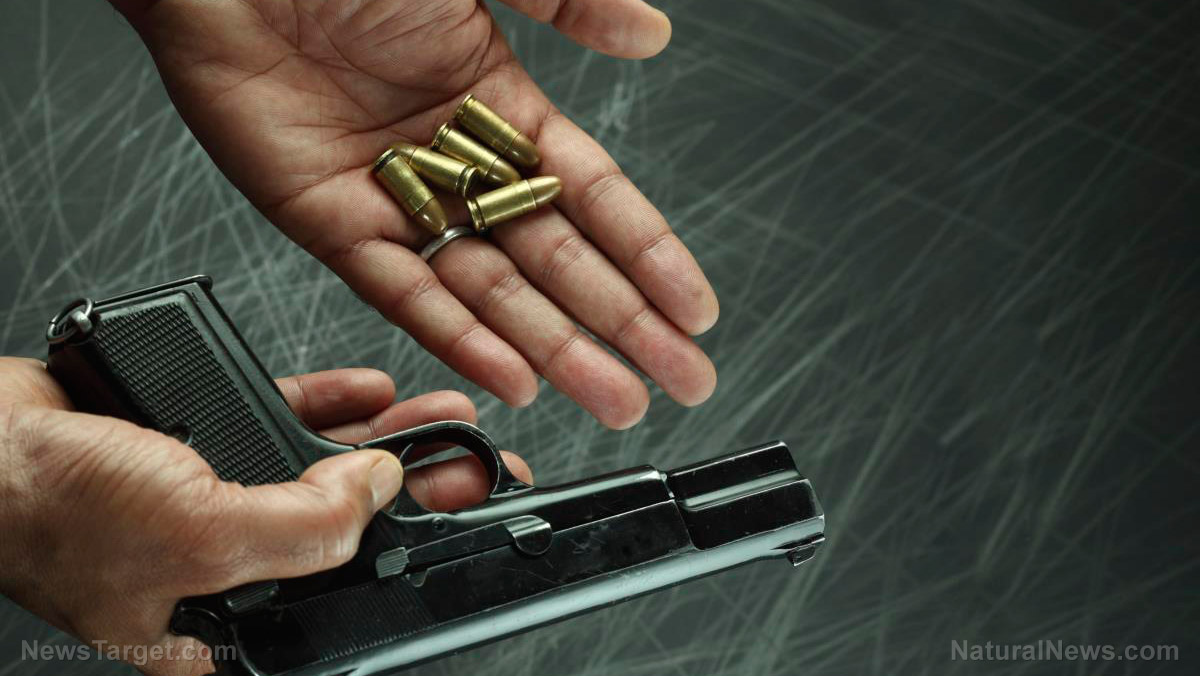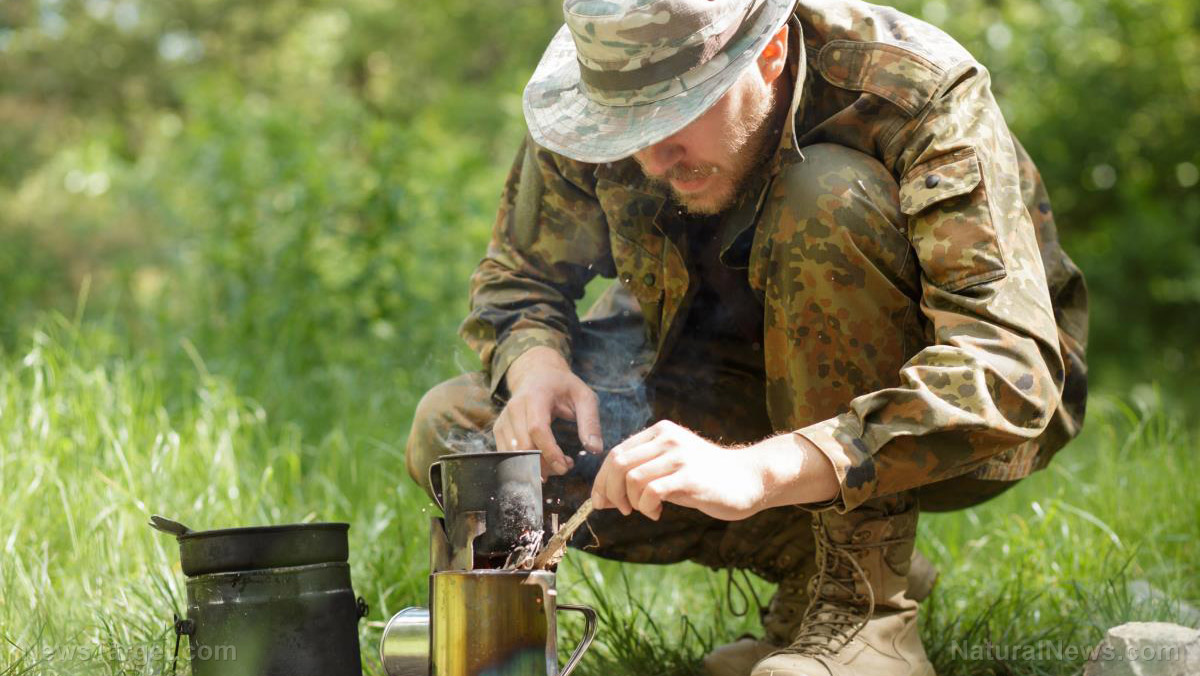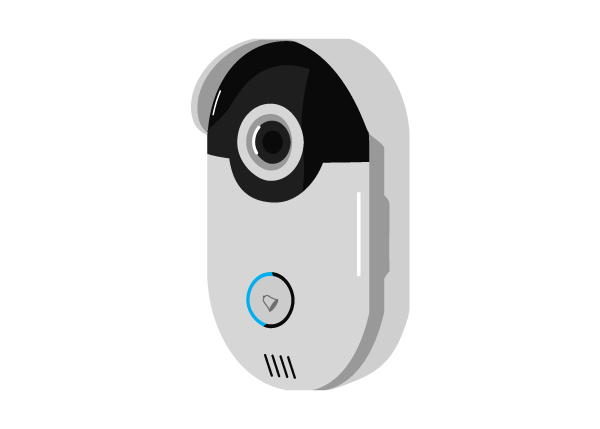How to build a community in a post-SHTF world using a HAM radio
12/11/2019 / By Michael Alexander
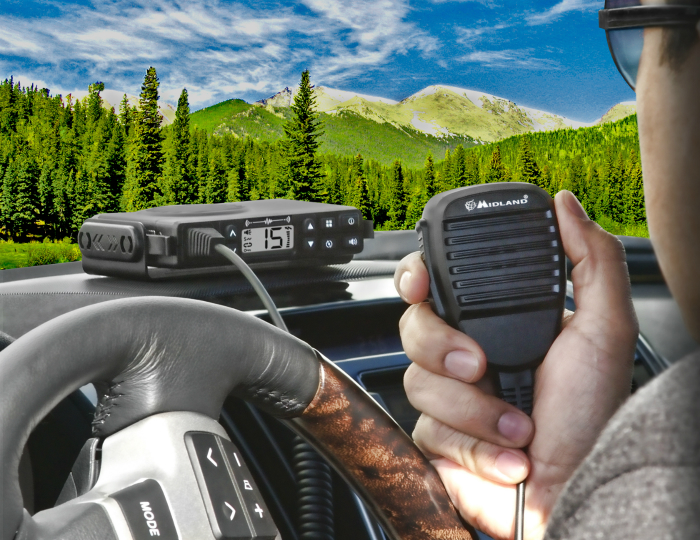
Unlike what mainstream science fiction and movies like 2012 and Contagion would have you believe, society doesn’t exactly devolve into an anarchic and savage state following widespread disasters. Instead, real-life events have shown that man’s more altruistic nature — described by American philosopher William James as “civic temper,” or the drive for a meaningful community instead of individual survival — would be the first to make an appearance in the wake of calamities.
According to Terry Hunt, an archaeologist and dean of the University of Arizona Honors College and a leading expert on the human history of Easter Island and early civilizations in the Pacific Islands, this all boils down to strength in numbers.
“It’s unlikely that a group of 10 people, for example, will be successful at colonizing,” Hunt said, citing demography simulations which suggest that groups of 20 or more have a better chance at long-term survival.
This need to establish a working community post an SHTF-scale event necessitates the need for effective communication, and in a world where modern power and communication lines have become non-existent, that can only mean one thing: HAM radios.
What are HAM radios?
For the rookie prepper, or those unfamiliar with the technology, HAM or amateur radio is the use of the radio frequency spectrum for purposes such as the non-commercial exchange of messages and emergency communications.
HAM radio proved extremely useful during real-life disasters and tragedies. During Hurricane Florence, for instance, HAM radio operators — most of whom were members of the American Radio Relay League’s (AARL) Amateur Radio Emergency Service or ARES — helped bridge communications to emergency services.
Michael Corey, former Emergency Preparedness Manager of the ARRL, sums up the group’s mission in a statement published in The Atlantic: “Our primary mission is to work with local operations to assist with communications when normal means fail to function.”
Kevin Rose, Emergency Services Manager of the San Mateo County Sheriff’s Office in California, echoed the importance of HAM radios when it comes to sharing information, noting in an interview with community newspaper Half Moon Bay Review that “…it’s a strong resource and tool with emergency management providing communication redundancies” and that more and more cities are incorporating HAM radio operators into their disaster emergency response protocol.
What makes HAM radios important?
Long-time preppers and survivalists extol HAM radios for their ability to establish communications with others even when the data grid goes dark, like in the wake of an SHTF-scale event. This is because unlike other communication lines, HAM radio doesn’t need extensive infrastructure to operate.
“An emergency operation system might need a big generator to keep things going, but we can get by with batteries or solar power,” Corey explains, noting that even in the event that a natural or man-made disaster takes out power, internet, or phone lines, HAM radio operators can still establish “…global communications with nothing between the two systems but ether.”
The simplicity surrounding HAM radios and their operation even extends to the point where in the event that there are no functioning radios left, one can create his own receiver from scavenged materials, as demonstrated by prisoners of war and their so-called “Foxhole Radios” during World War II.
Where can I get a HAM radio?
According to TechNewsWorld, HAM radios and rigs are readily available online, with basic, walkie-talkie-type handsets selling for less than $50. Used rigs are also available from other users, with the even more robust ones selling for no more than $200 online.
Despite the relative ease with which one can get a rig however, interested preppers and users are still required to get a license from the Federal Communications Commission if they want to transmit on Amateur Radio Frequencies in the country.
I just got my rig and license. Now what?
Now’s the best time for you to establish your connections, i.e., decide which frequencies or channels to use with your friends and family. This will come in handy when an emergency or SHTF-scale event comes to pass and you need to coordinate with other survivors and trusted individuals.
Once you’ve narrowed down your list of frequencies, it’s time to put them to use. Send out test broadcasts to trusted friends and family just to check the signal strength and to familiarize yourself with how the rig operates.
You can also use this time to check for broadcasts from other friendly HAM operators in the area, although with over 750,000 amateur operators in the U.S. in 2019 according to the FCC, finding one wouldn’t really be much of a problem.
The inevitable just happened. What should I do?
First, assess yourself, your family and your immediate surroundings: Are there injured individuals among your group? Is your home still standing? Are your food and supply stocks safe and undamaged? Once you’ve established you and your family’s safety, it’s time to put your HAM radio rig to good use.
Send out a broadcast to your friends and family using the specific frequencies and channels you agreed on and check if they are safe, or if they need any help.
Once your core group of individuals — your family and friends — have been deemed safe and/or been given assistance, you should bring your focus to the community as a whole.
Send out broadcasts to emergency services, give out directions to the nearest safe shelter, alert neighbors to any weather updates. You and your network can also send out important information over public radio, such as instructions on how to make water potable, or how to fortify and barricade the community against potential attackers, or how to safely forage and store food and the like. This will ensure that no additional emergencies will arise, even in the wake of an SHTF-scale event.
A few weeks after the event, once everything has settled down, it might be a good idea to send out broadcasts with fellow operators about organizing and starting communal resources such as community gardens and homesteads, food and water stores and collective farms and the like within the community. In time, HAM radio operators can even facilitate trading with other survivor communities, especially those that have employed similar methods for the growing of their own resources. (Related: Urban prepping tips and tricks: How to cultivate inner city gardens.)
Over and out
A good communications network can spell the difference between surviving and perishing in the event of a disaster, natural or otherwise. Not only is it crucial for the exchange of important information with fellow survivors, it also facilitates the establishment of actual, working, and self-sufficient communities, which, as studies have shown, fare better in such circumstances compared to single individuals.
In fact, according to a study published in The American Psychological Association, “even if a team is made up of experts, it can still fail if they do not know how to cooperate, coordinate, and communicate well together.”
American author and speaker John Maxwell said it best: teamwork makes the dream work. In a post-SHTF world, HAM radios should be factored in the equation.
Sources include:
Tagged Under: amateur radio, chaos, disaster management, emergency communications, emergency gear, ham radio, prepping, radio, SHTF, survival, survival gear, survivalism
RECENT NEWS & ARTICLES
COPYRIGHT © 2017 GEAR.NEWS
All content posted on this site is protected under Free Speech. Gear.news is not responsible for content written by contributing authors. The information on this site is provided for educational and entertainment purposes only. It is not intended as a substitute for professional advice of any kind. Gear.news assumes no responsibility for the use or misuse of this material. All trademarks, registered trademarks and service marks mentioned on this site are the property of their respective owners.

